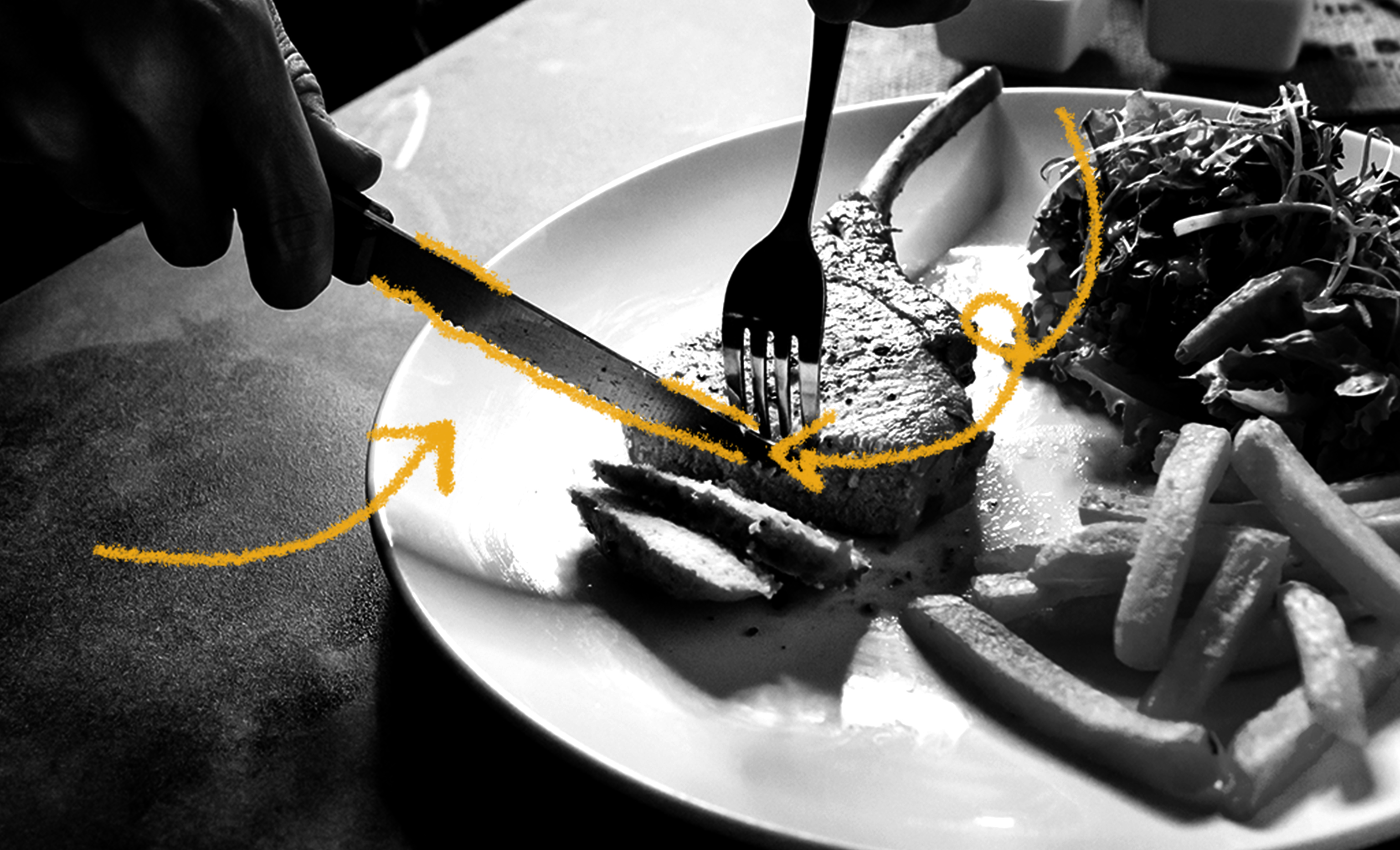The steak knife is a surprisingly modern invention, but the history of the knife as an eating tool goes back far longer. In Medieval times, many cultures ate meals using a single knife (which the diner would supply themselves) and their hands. Eventually, a French clergyman known as Cardinal Richelieu became annoyed with the table manners of those eating with pointed knives, which were often used to pick teeth. He had his knife edges rounded to discourage his guests from uncouth behavior. Cardinal Richelieu was so powerful and his knife opinions became so influential that in 1669, 27 years after his death, King Louis XIV issued a decree that made pointed knives illegal in France. For many centuries, rounded knives were the only type used for eating. In fact, the modern steak knife didn’t come into being until after World War II. A letter opener designed by a Maryland machinist named Paul C. Culver was gifted to businessman Charles D. Briddell Jr. in the late 1940s. Charles’ brother, Tom Briddell, asked Culver for a set of six pointed knives and a case, then did a nationwide survey and found that there was a demand for the product. The resulting steak knife, called the Carvel Hall, went on sale nationally and was the first widely available steak knife on the market. Sadly, the company struggled to keep up and eventually went under. Later, Thomas Lamb, an industrial designer, created a wedge-lock handle that he licensed to a company called Alcas, which released a successful line of knives called Cutco in 1952, and Lamb’s design quickly became a key element of modern knives. The rise of all these knives created a need for storage, which eventually led to the slotted knife rack. It was introduced around 1975 but wasn’t widely adopted until a few years later. Today, steak knives are commonplace items in most homes and restaurants, but remain a relatively modern invention compared to most eating utensils.

Your go-to guide for weird history facts
Subscribe to the FREE daily email that makes learning about history fun.


